Tokyo’s vibrant contemporary street art scene is a captivating fusion of creativity and urban culture. From the bustling streets of Shibuya to the hidden alleys of Shimokitazawa, this article takes a closer look at the dynamic and ever-evolving world of Tokyo’s street art. Through vivid descriptions and engaging anecdotes, readers will gain insight into the thriving subculture, its renowned artists, and the unique stories behind each artwork. Immerse yourself in the energy and vibrancy of Tokyo’s streets as you uncover the hidden treasures within its captivating street art scene.
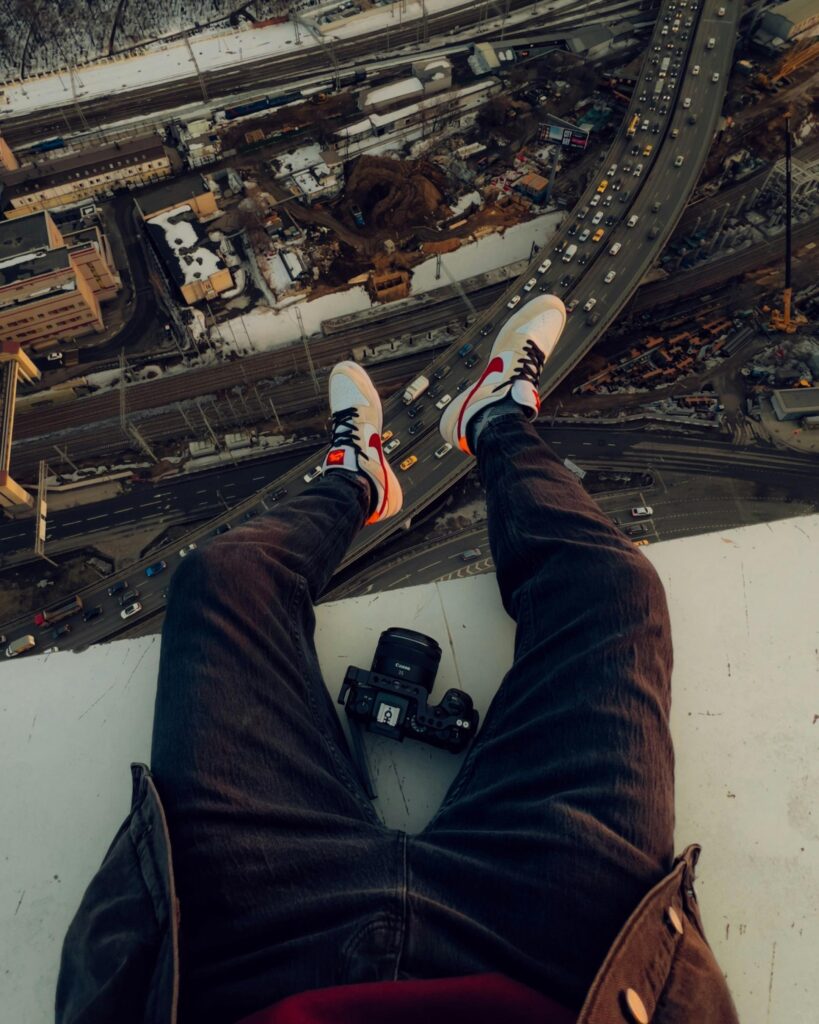
This image is property of images.pexels.com.
Table of Contents
History of Street Art in Tokyo
Origin of street art in Tokyo
Street art in Tokyo has its roots in the late 1970s and early 1980s when the city experienced a surge in creative expression and youth culture. Inspired by the graffiti movement in the United States, young artists in Tokyo began to use public spaces as their canvas, drawing inspiration from their surroundings and expressing their opinions on social and political issues. This form of artistic expression quickly gained popularity, and Tokyo became a hub for street artists looking to make a statement.
Evolution of street art in Tokyo
Over the years, street art in Tokyo has evolved and diversified, reflecting the changing social and cultural landscape of the city. What started as simple graffiti quickly transformed into more elaborate and thought-provoking artworks. Street artists experimented with different techniques and styles, blending traditional Japanese motifs with contemporary elements. The evolution of street art in Tokyo has been greatly influenced by international artists who have visited or permanently relocated to the city, bringing their unique perspectives and artistic styles.
Influence of international artists
The influence of international artists on Tokyo’s street art scene cannot be overstated. Many internationally renowned street artists have left their mark on the city’s walls, contributing to its vibrant and diverse art scene. From large-scale murals to intricate stencil works, these artists have infused Tokyo’s street art with new energy and global influences. Their presence has not only inspired local artists but also attracted art enthusiasts from around the world to explore and appreciate Tokyo’s street art culture.
Prominent Locations for Street Art
Shibuya
Shibuya, known for its bustling streets and vibrant fashion scene, is a hotspot for street art in Tokyo. The walls of Shibuya’s buildings and alleyways are adorned with colorful and eye-catching murals, reflecting the youthful and energetic spirit of the neighborhood. Artists from all over the world have contributed to the street art in Shibuya, making it a must-visit destination for art lovers and enthusiasts.
Harajuku
Harajuku, famous for its eccentric street fashion and trendy shops, is also home to a thriving street art scene. The walls of Harajuku display an array of styles and themes, ranging from whimsical and playful to thought-provoking and socially conscious. Japanese pop culture and anime influences are often seen in the artworks, adding a unique charm to the neighborhood’s street art landscape.
Akihabara
Akihabara, the electric town known for its anime and gaming culture, is another prominent location for street art in Tokyo. Here, street artists draw inspiration from the vibrant subcultures that thrive in the area. The walls of Akihabara showcase intricate and colorful murals, often featuring iconic anime characters and futuristic motifs. Visiting Akihabara’s street art scene is like stepping into a fantastical world where art and technology coalesce.
Asakusa
Asakusa, a historically rich district in Tokyo, is not only known for its traditional temples and old-world charm but also for its street art scene. Walking through the streets of Asakusa, visitors can discover hidden gems of street art that seamlessly blend with the neighborhood’s traditional architecture. This juxtaposition of old and new creates a unique atmosphere, making Asakusa an intriguing destination for art enthusiasts looking for a taste of Tokyo’s cultural heritage mixed with contemporary art.
Uncover Tokyo’s Vibrant Contemporary Street Art Scene
Street Art Festivals in Tokyo
Design Festa
Design Festa is one of the largest art events in Asia, attracting artists and visitors from all over the world. While not exclusively focused on street art, the festival provides a platform for street artists to showcase their talent alongside other art forms. Artists set up booths to display and sell their artwork, fostering a sense of community and collaboration among the participants. Design Festa offers a unique opportunity for visitors to immerse themselves in Tokyo’s art scene and discover new talents.
Pow Wow Japan
Pow Wow Japan is an internationally recognized street art festival that originated in Hawaii and has since expanded to various cities, including Tokyo. During the festival, both local and international artists gather to create large-scale murals on the walls of buildings, transforming the urban landscape into an open-air art gallery. Pow Wow Japan celebrates the fusion of contemporary and traditional art styles, leaving a lasting visual impact on the city and its residents.
Tokyo International Film Festival
While primarily focused on film, the Tokyo International Film Festival also incorporates street art into its program. The festival features outdoor exhibitions and installations that showcase the intersection of film and street art. By bringing together two different art forms, the Tokyo International Film Festival promotes creativity and cross-disciplinary collaboration, further enriching the artistic experience for attendees.
Notable Tokyo Street Artists
Lady AIKO
Lady AIKO is a renowned street artist whose work combines Japanese traditions with contemporary urban art. Her murals often feature vibrant colors, intricate patterns, and a strong feminine presence. Lady AIKO’s art reflects her multicultural background and explores themes of identity and cultural exchange. She has not only left an indelible mark on Tokyo’s street art scene but has also gained international recognition for her unique style and artistic vision.
D*FACE
DFACE, a British street artist residing in Tokyo, brings a distinct aesthetic to the city’s street art landscape. His signature style often includes bold and graphic imagery inspired by pop culture and comic books. DFACE’s murals can be found throughout Tokyo, adding a touch of urban pop sensibility to the city’s walls. With his striking artworks, he has become an influential figure in the Tokyo street art community.
HAROW
HAROW, a Japanese street artist known for his abstract and geometric style, has made a significant impact on Tokyo’s street art scene. His works often feature intricate patterns and optical illusions, creating a sense of depth and movement. HAROW’s art aims to challenge viewers’ perceptions and provoke thought. His unique approach to street art has garnered attention both locally and internationally, solidifying his position as a notable Tokyo street artist.
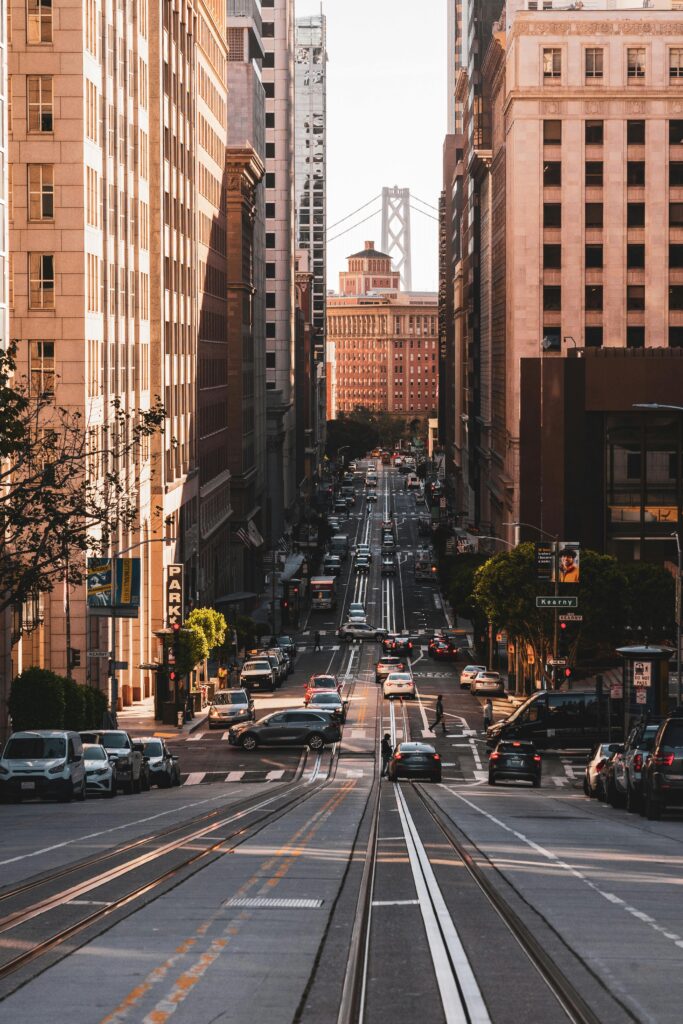
This image is property of images.pexels.com.
Themes and Styles in Tokyo Street Art
Pop culture references
Tokyo’s street art scene is heavily influenced by pop culture, reflecting the city’s fascination with various aspects of modern entertainment. Murals featuring iconic characters from anime, manga, and video games are ubiquitous. Street artists incorporate these references as a way to connect with the local audience and to pay homage to the vibrant pop culture that thrives in Tokyo.
Anime and manga influences
Anime and manga, two integral parts of Japanese culture, have a significant impact on Tokyo’s street art scene. The colorful and dynamic art styles seen in anime and manga are often replicated in street art, creating a visual language that resonates with both locals and international visitors. From larger-than-life characters to intricate scenes, Tokyo’s street art pays homage to the rich storytelling and imagery found in anime and manga.
Abstract expressions
While pop culture and anime-inspired artworks dominate Tokyo’s street art scene, there is also a growing presence of abstract expressions. Street artists in Tokyo use abstract visuals and unconventional techniques to challenge traditional notions of art and self-expression. These artworks encourage viewers to interpret and engage with art in more abstract and open-ended ways, inviting personal introspection and contemplation.
Legal vs. Illegal Street Art
Regulations on street art in Tokyo
Tokyo has regulations in place regarding street art to maintain a balance between creative expression and public order. While unauthorized street art is generally discouraged, the city has designated certain areas, such as walls and buildings under renovation, where artists are permitted to showcase their artwork. To ensure compliance with regulations, artists are encouraged to obtain permission from property owners or collaborate with local authorities to create legal murals.
Authorized street art spaces
In recent years, Tokyo has seen a rise in authorized street art spaces, providing opportunities for street artists to create without fear of legal repercussions. These designated spaces, such as community centers and special event venues, give artists the freedom to experiment and display their work in a supportive environment. The establishment of authorized street art spaces not only encourages artistic expression but also contributes to the beautification of the city.
Illegal street art and its consequences
Although unauthorized street art remains prevalent in Tokyo, it carries potential consequences. Artists engaging in illegal street art risk facing fines or even imprisonment if caught. Additionally, unauthorized street art can be painted over or removed by authorities, limiting the lifespan of the artwork. Despite the risks, some artists choose to engage in illegal street art as a form of rebellion or to challenge the existing norms of public art.
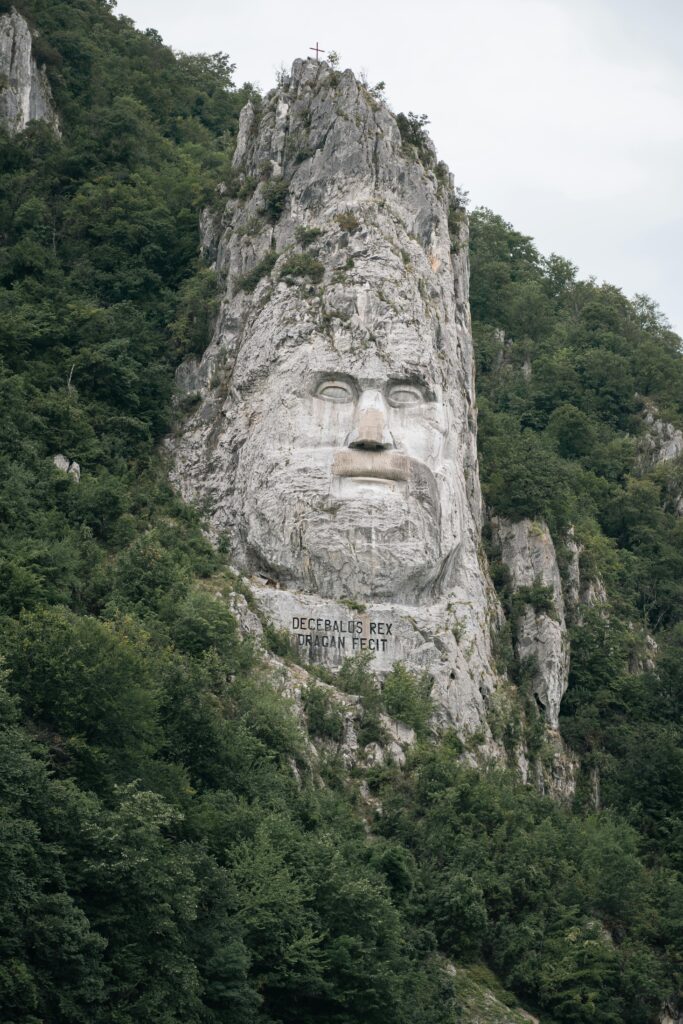
This image is property of images.pexels.com.
Touring Tokyo’s Street Art Scene
Guided street art tours
For those looking to explore Tokyo’s street art scene, guided tours provide a comprehensive and insightful experience. Local experts lead visitors through different neighborhoods, sharing stories and historical context behind the artworks. These guided tours offer valuable insights into the techniques, styles, and messages conveyed by the artists, allowing visitors to gain a deeper appreciation for Tokyo’s street art culture.
Self-guided explorations
For a more independent experience, self-guided explorations are a popular choice. Tokyo’s streets and neighborhoods are teeming with street art, making it possible to discover dynamic artworks without a set itinerary. By wandering through districts known for their street art, such as Shibuya and Harajuku, visitors can stumble upon hidden gems and engage with the artworks on a personal level.
Recommendations for specific routes
For those seeking specific street art experiences in Tokyo, several neighborhoods and routes are worth considering. Shibuya, with its vibrant atmosphere, offers a plethora of murals to discover. Harajuku’s backstreets, filled with colorful characters and quirky designs, never fail to captivate. Akihabara’s blend of anime, gaming, and street art creates a unique urban aesthetic. Exploring the cultural heritage and street art of Asakusa provides a taste of Tokyo’s artistic evolution.
Appreciating Street Art in Tokyo
Understanding the messages behind the art
To fully appreciate street art in Tokyo, it is essential to understand the messages and concepts behind the artworks. Street artists often use their platform to comment on social issues, express their emotions, or convey a particular narrative. Taking the time to research the artists, their inspirations, and the intended meanings of their works enhances the overall experience and allows for a deeper connection with the art.
Interacting with the street art community
Tokyo’s street art community is welcoming and inclusive, providing opportunities for interaction and collaboration. Engaging with local artists and attending art events fosters a sense of community and encourages dialogue about street art’s role in society. By participating in workshops or artist talks, visitors can gain insights into the creative processes and motivations of Tokyo’s street artists.
Supporting local street artists
Supporting local street artists is crucial for the growth and sustainability of Tokyo’s street art scene. Purchasing artwork directly from the artists or through galleries and online platforms helps sustain their practice and ensures the continuation of their creative endeavors. Sharing and promoting the work of Tokyo’s street artists through social media and word-of-mouth also contributes to expanding their reach and visibility.
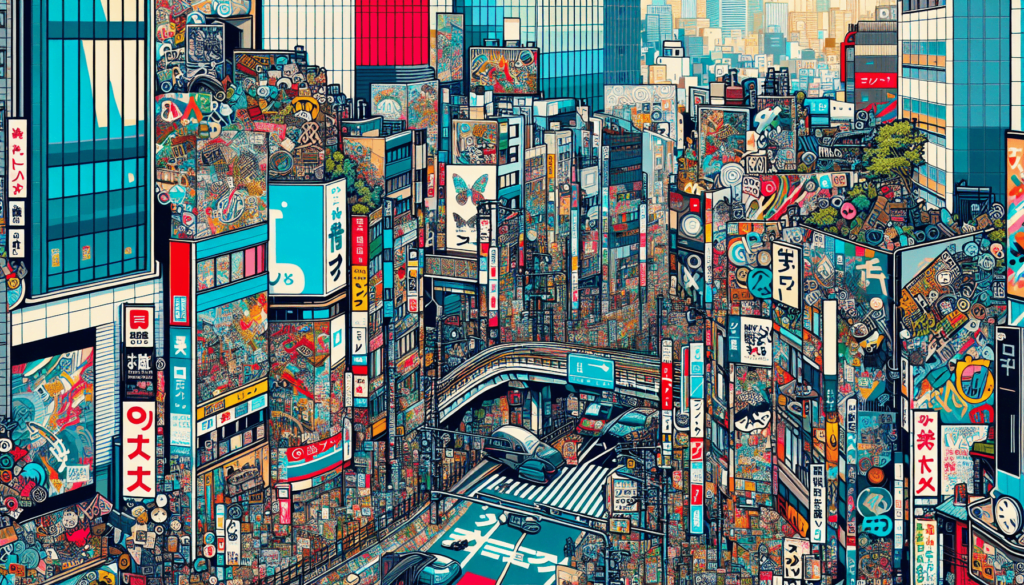
Challenges Faced by Tokyo Street Artists
Vandalism and removal
One of the biggest challenges faced by Tokyo street artists is vandalism and the premature removal of their art. While some vandalism is part of the transient nature of street art, deliberate destruction poses a significant setback for artists who invest time and effort into their creations. Additionally, the authorities may remove street art for various reasons, including urban development projects or adherence to regulations. This continual cycle of creation and removal underscores the fleeting nature of street art in Tokyo.
Lack of public acceptance
Public acceptance of street art in Tokyo is another challenge faced by artists. While the younger generation often appreciates and embraces street art, there is a lingering perception among some members of the public that street art is vandalism or a form of graffiti. Changing these perceptions and fostering a greater appreciation for the cultural and artistic value of street art continues to be an ongoing endeavor for Tokyo’s artists and the art community as a whole.
Limited exhibition opportunities
Street artists in Tokyo often face limited opportunities for exhibiting their work in traditional gallery settings. While street art festivals and authorized spaces provide platforms for showcasing their talent, opportunities for solo exhibitions or long-term installations are scarce. Tokyo’s art scene is evolving, and efforts are being made to bridge the gap between street art and traditional gallery spaces. However, the lack of dedicated exhibition spaces remains a challenge for street artists to gain broader recognition and exposure.
Future of Tokyo’s Street Art Scene
Emerging artists and trends
The future of Tokyo’s street art scene is bright, thanks to the emergence of new talents and evolving artistic trends. Young artists with fresh perspectives and unique styles are making their mark on the city’s walls, infusing the street art scene with new energy and creativity. As Tokyo continues to attract artists from around the world, the fusion of international influences and local Japanese culture will shape the future direction of street art in the city.
Collaborations with other art forms
Collaborations between street artists and other art forms are becoming increasingly prevalent in Tokyo. Artists are exploring cross-disciplinary collaborations with photographers, musicians, dancers, and filmmakers to create immersive and multisensory experiences. These collaborations not only push the boundaries of street art but also bridge the gap between different artistic mediums, resulting in innovative and captivating artworks that blur the lines between street art and other art forms.
Impact of technology on street art
Technology is expected to play a significant role in the future of Tokyo’s street art scene. Augmented reality (AR) and virtual reality (VR) are already being incorporated into street art installations and exhibitions, allowing viewers to interact with the artworks in new and exciting ways. The integration of technology opens up possibilities for more immersive experiences, expanding the potential for storytelling and artistic expression within the street art realm.
In conclusion, the street art scene in Tokyo is a vibrant and ever-evolving tapestry of creativity and self-expression. From its origins as graffiti in the late 1970s to the diverse and internationally influenced art scene it is today, Tokyo’s streets have become a canvas for showcasing the city’s cultural heritage, contemporary influences, and global connections. Despite challenges such as vandalism and limited exhibition opportunities, Tokyo’s street art scene continues to thrive, fueled by emerging talents, cross-disciplinary collaborations, and the ever-advancing impact of technology. As visitors explore Tokyo’s streets and neighborhoods, they are sure to be captivated by the colorful murals, intricate stencils, and thought-provoking messages that make up the fabric of this dynamic and captivating contemporary art scene.
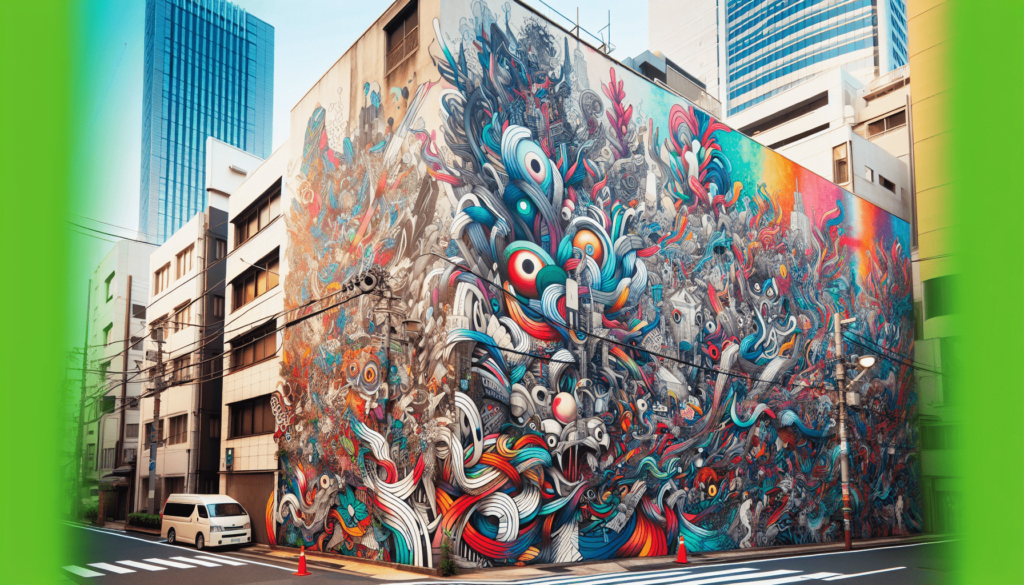
Related site – Tokyo Art Scene: Capturing Emotion Through Color
